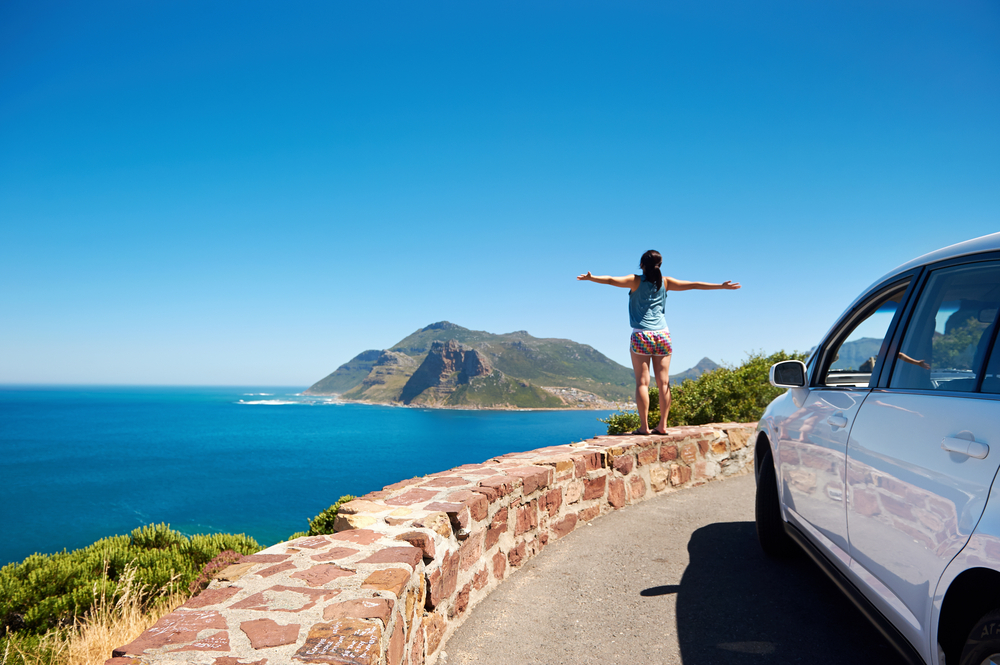From picking the right travel season to practising local customs, our travel tips will help you plan a memorable trip to Greece
With beautiful beaches, mountains and diverse cuisine, Greece offers a memorable experience. However, it’s essential to remember that Greece’s culture and lifestyle differ from the rest of the world, which may pose challenges for travellers. To ensure a smooth and comfortable vacation, follow these travel tips before visiting this country.
Opt For The Right Season
When you visit Greece, your experience varies with the season. Summer is great for action, family fun, and swimming, but it’s crowded and expensive, so book ahead. Spring and autumn are pleasant, with lower costs and easier availability. Winter is budget-friendly and perfect for quiet walks and hikes, but some places may be closed during this time.
Carry Cash
Despite the economic challenges, cash flow remains stable in Greece. Carrying a decent amount of cash when travelling is advisable, as some shops prefer cash payments. ATMs are available in the city centre and near tourist spots for cash withdrawal.
Find The Right Accommodation
Opt for independent hotels and villas instead of resort packages, especially all-inclusive ones. Watch out for vague descriptions like “Not too far,” as it could mean a strenuous climb to your hotel.
Try Local Cuisine
For authentic Greek flavours, head to the central part of the city, especially near the Acropolis. Tourists often visit traditional family-run restaurants in this area. Don’t miss classic dishes like moussaka, souvlaki, and baklava. You can find these options at restaurants like Lithos, Oineas, and Psaras Tavern, which happens to be one of the oldest restaurants in Plaka.
Explore Mainland
Greece isn’t just about its islands; the mainland offers incredible archaeological sites you can explore in one trip. Peloponnese, with its rich history and beautiful city, is a must-visit. Don’t forget Epirus, known for sports like mountaineering, climbing, skiing, hiking, and more. You can also visit cities like Macedonia, Thessaly, Thrace, Attica, and many more on the mainland.
Use Public Transport
One of Greece’s most accessible and widely used transportation options is the public bus network KTEL. It’s great for covering long distances. Another helpful tip for travelling in Greece is to consider using the railway to visit important sites, as it’s a convenient way to reach them.
Consider Island-Hopping
While exploring Greece, remember not to overlook the islands. Instead of visiting one island at a time, consider hopping between them. Reliable ferry services operate during the peak months, allowing you to explore island groups like the Ionians, Dodecanese, or the picturesque Cyclades.



